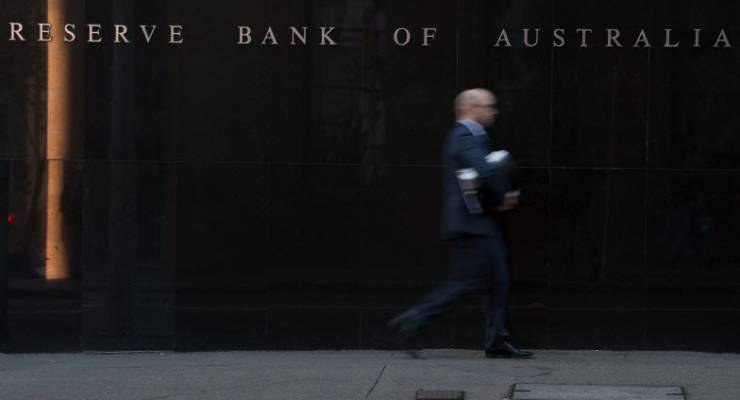
With inflation remaining stubbornly low and below the Reserve Bank’s target band, the momentum for an interest rate cut this year increased yet further yesterday. December quarter inflation was 0.5% and inflation for 2018 was 1.8%; the trimmed mean and the weighted media, which the RBA prefers, were 1.8% and 1.7% respectively.
To reinforce the point, the December quarter data showed yet again that it is governments that are the main threat to consumers’ wallets. As AMP’s Shane Oliver noted that “inflation in the private sector of the economy, excluding volatile items, is running at 1.5% over the year (as measured by the ‘market goods and services ex volatile items’ index). In contrast, inflation in the government-influenced areas is much higher with education up 2.7% year on year, urban transport fares +2.5%, health +3.3%, gas +3.2% and tobacco costs up by +15%.”
As much as we might bag business for wage stagnation, it’s not as if they’re enjoying bumper price growth either. Governments however — state as well as federal — are doing very nicely, thank you.
Oliver, who was the first to start talking about a rate cut when the consensus was that the next movement from the RBA would be up, now sees a full 0.5 percentage point cut ahead:
While Australian GDP growth was decent in 2018, it was not enough to work through spare capacity in the economy. We expect slower growth in 2019 – now likely to be around 2-2.5% — which means that spare capacity pressures will continue to put downward pressure on prices (and wages). Combined with the run of poor national data lately including a drop in business conditions, lower consumer sentiment, falling manufacturing PMIs, falling building approvals and falling home prices we think the Reserve Bank will need to downgrade its optimistic growth forecasts (of around 3.25% for 2019) before cutting the cash rate in the second half of the year. We see the cash rate ending 2019 at 1%.
It’s not exactly the robust economic growth story that the government has been pitching — and augurs poorly for any pick-up in wages growth, with some workers in sectors like construction and professional services now facing the possibility of a decade without a decent pay rise.
It also confirms just how mind-bogglingly out of touch the Financial Review and its inflation galahs like Warwick McKibbin and Warren Hogan were last year in their criticism of the RBA for not lifting interest rates. What a disaster that would have been given moderating house prices, fitful retail sales, slow car sales, wage stagnation and, in recent weeks, a marked deterioration in business conditions.
The big problem for McKibbin, Hogan and Co — apart from being out-of-touch as a result of life as comfortable economists who will never have to worry about their financial position ever again — was the persistence of inflation below the RBA’s target band. They tried all sorts of tricks to wish the problem away: the Fin editors suggested moving the goalposts by reducing the target band. McKibbin wanted to change the RBA target altogether. The 2.1% annual rise in the June quarter of 2018 gave them some brief hope — but that was one of only two quarters in the past 16 when the annual rate for the CPI rose above 2%. In both cases, inflation slumped again afterwards.
McKibbin and Hogan are both still predicting (hoping?) inflation will surge this year, and both predict interest rate rises, not cuts. Still, we’d take their prognostications over Steve Keen’s. He told the same authors there’s a 95% chance of a recession by 2021. We’re still waiting for the recession he predicted for 2017 to show up. Then again, he predicts 1% economic growth for this year. By Keen’s standards, that’s an economic boom.









Given the record low interest rates we have had for the past few years have not delivered the outcomes desired, it would seem that reducing them further would be folly.
Perhaps the best way to move forward is to push for wage increases for those in lower income brackets, as well as the minimum wage.
But, of course, that is not in the RBA’s control.
Nor in the mind of either party with a prospect of government in the near future.
Almost as if the intention is to have people so on the edge of penury that they’ll vote for status quo rather than the future.